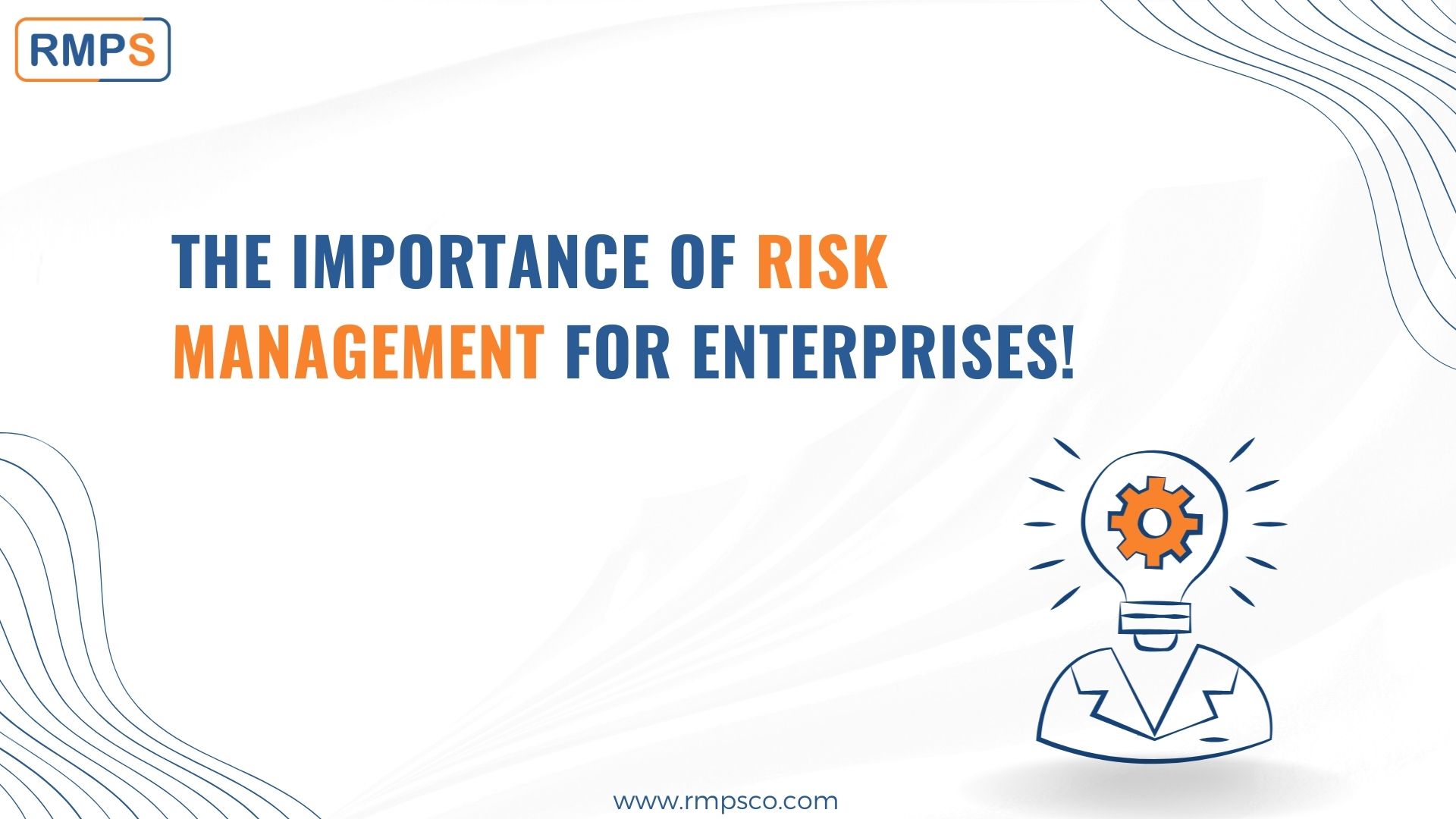Why Organizations Should Emphasize the Importance of Risk Management Now More Than Ever
Why Organizations Should Emphasize the Importance of Risk Management Now More Than Ever
Blog Article
Discovering the Value of Risk Management for Effective Decision-Making Techniques
In the intricate globe of service, Risk Management arises as a vital factor in the decision-making process. The capability to determine possible hazards and chances, and plan as necessary, can lead to the distinction in between success and failure.
Understanding the Concept of Risk Management
Risk Management, a vital part in decision-making, is commonly misunderstood or oversimplified. Risk Management entails regimented and structured techniques, utilizing information and insightful analyses. From financial unpredictabilities, legal liabilities, strategic Management errors, to crashes and all-natural catastrophes, it addresses various threats - importance of risk management.
The Function of Risk Management in Decision-Making Processes
In the realm of critical preparation and organization procedures, Risk Management plays an important duty in decision-making processes. Risk Management therefore becomes a vital device in decision-making, assisting leaders to make informed choices based on a thorough understanding of the dangers involved. Risk Management serves as a vital part in the decision-making procedures of any type of organization.

Just How Risk Management Enhances Strategic Preparation
In the context of tactical planning, Risk Management plays a critical function. Initiating with the identification of possible risks, it further prolongs to the implementation of Risk mitigation steps. The function of Risk Management is not fixed however vibrant, as it demands consistent monitoring and adjusting of strategies.
Recognizing Potential Threats

Implementing Risk Mitigation
Risk mitigation approaches can range from Risk avoidance, Risk transfer, to run the risk of decrease. Each method should be customized to the specific Risk, considering its potential effect and the organization's Risk resistance. Efficient Risk mitigation calls for a deep understanding of the Risk landscape and the prospective impact of each Risk.
Tracking and Readjusting Methods
Though Risk mitigation is an important action in critical planning, continual monitoring and change of these methods is equally vital. This continuous procedure allows companies to identify brand-new dangers and reassess existing ones, making certain the executed strategies continue to be effective in the ever-changing organization atmosphere. It also gives a possibility to assess the success of the Risk Management measures, permitting modifications to be made where essential, additional improving strategic planning. Effective monitoring and change need making use of analytics and vital performance indications (KPIs) to gauge effectiveness. These devices supply valuable data-driven insights that can notify critical decision-making. For that reason, tracking and readjusting Risk Management approaches is a vital part for improving an organization's resilience and tactical preparation.
Situation Studies: Successful Risk Management and Decision-Making
In the globe of business and money, successful Risk Management and decision-making commonly serve as the columns of flourishing enterprises. These instances highlight the value of sharp Risk Management in decision-making processes. These cases highlight the vital function of Risk Management in strategic decision-making.
Devices and Methods for Effective Risk Management
Browsing the complex puzzle of Risk Management needs the best collection of techniques and devices. These devices, such as Risk signs up and heat maps, aid in recognizing and examining potential dangers. Methods consist of both quantitative approaches, like sensitivity evaluation, and qualitative methods, such as SWOT evaluation. These help in prioritizing threats you can find out more based on their possible effect and probability. Risk response approaches, a key element of Risk Management, include accepting, preventing, transferring, or mitigating dangers. Tracking and regulating risks, via regular audits and evaluations, ensure that the techniques continue to be efficient. With these tools and techniques, decision-makers can browse the facility landscape of Risk Management, thus facilitating notified and reliable decision-making.
Future Trends in Risk Management and Decision-Making Methods
As we check out the large landscape of Risk Management, it comes to be noticeable that the devices and strategies made use of today will remain to progress. Future patterns direct towards an enhanced reliance on technology, with expert system and artificial intelligence playing considerable duties. These innovations will enable organizations to predict possible threats with better precision and make even more informed choices. In addition, there will be a growing focus on durability, not simply in managing threats but additionally in recuperating from damaging scenarios. More hints The idea of Risk culture, where every member of a company is conscious and included in Risk Management, will gain extra importance. These trends herald an even more inclusive and positive method towards Risk Management and decision-making.
Verdict

Risk Management therefore ends up being an important tool in decision-making, aiding leaders to make enlightened selections based on a thorough understanding of the threats entailed. Risk mitigation techniques can range from Risk evasion, Risk transfer, to risk reduction (importance of risk management). Reliable Risk mitigation requires a deep understanding of the Risk landscape and the possible influence of each Risk. Risk reaction techniques, a key part of Risk Management, involve approving, preventing, transferring, or mitigating threats. The idea of Risk society, where every member of an organization is mindful and included in Risk Management, will obtain more prominence
Report this page